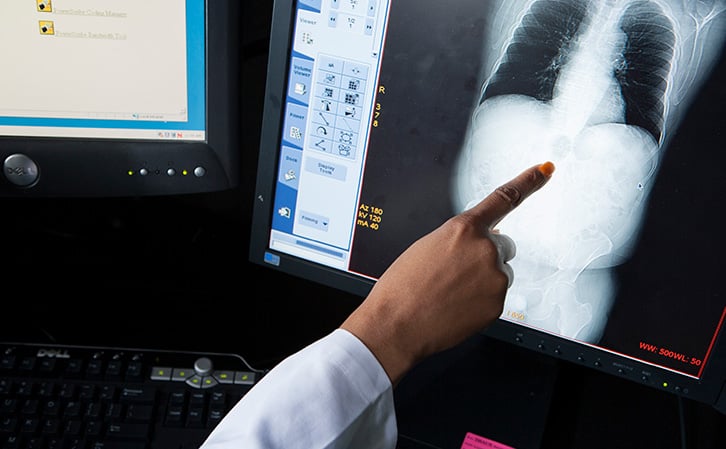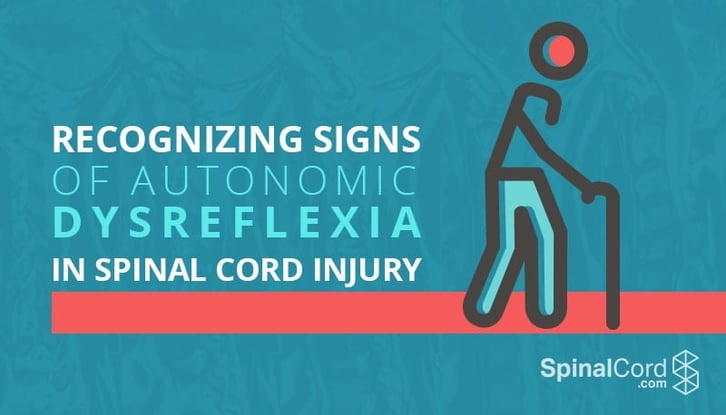Spinal Cord Injuries and Telehealth: When to See a Doctor In-Person
Telehealth is exploding right now due to the Coronavirus. This is especially the case for people with spinal cord injuries, particularly quadriplegics with limited breathing ability, who are in the high-risk category of getting the virus. Clinics across the country are now seeing their patients virtually, helping protect people with spinal cord injuries while ensuring they get the care they need.
There are many conditions a doctor can treat virtually. Some pressure sore issues, smaller skin infections, anxiety, mild coughs, and the flu for example. There are certain conditions and symptoms however that cannot be as easily diagnosed or seen virtually by a doctor. You do not want to get sub-par care for a serious condition that could endanger your health.
To be sure you see a doctor in-person when needed, here is a list of conditions that should always be seen in-person by a doctor or nurse if possible.
Chest Discomfort

One of the most serious conditions that should always be seen by a doctor in-person, preferably in the emergency room, is chest pain. Chest pain can be a sign of a heart attack. While some chest pain is related to heartburn, you do not want to ignore it if it occurs. If your chest discomfort is combined with the limited ability to breathe, pain, nausea, and lightheadedness, make sure you see a doctor right away. You should call 911 if the chest discomfort gets worse quickly.
Bladder/Kidney Pain

People with paralysis commonly have bladder and kidney issues due to using catheters. If you are experiencing bladder pain or pain near your kidneys (the sides of your back), you will want to make sure you see a doctor right away.
If you have extreme bladder pain, you could have a urinary tract infection, or you could have something more serious like a bladder stone. Doctors are unable to diagnose these conditions via telehealth. Imaging and a urine sample are necessary. This is also the case for kidney stones and kidney infections.
Sprained or Broken Bones

Any acute injury or trauma should always be seen by a doctor in-person, typically in urgent care or ER. People with spinal cord injuries are at a high risk of accidental injuries that can occur from being paralyzed, such as falling out of one's wheelchair. If an injury occurs and you think you may have a broken or sprained bone, you will need to see a doctor right away in order to get an X-Ray.
Stroke Symptoms

Another life-threatening condition that must be seen by a doctor right away is a stroke and people with spinal cord injuries just like any human being are susceptible to strokes; especially if automatic dysreflexia isn’t controlled. Signs of a stroke include face drooping, arm weakness, and speech slurring. If you experience any of these symptoms, do not ignore them and go see a doctor in-person right away.
Severe Autonomic Dysreflexia

As referenced above, automatic dysreflexia is a serious condition that people with spinal cord injuries are at risk of. If you are experiencing automatic dysreflexia and are unable to control the symptoms and cannot find the cause, go to the emergency room and see a doctor right away. A CT-scan is sometimes needed to discover the cause. In extreme cases, sometimes appendicitis can be to blame, which can only be diagnosed in-person as well. If you're experiencing elevated blood pressure, profuse sweating, or an extreme headache, these are signs of autonomic dysreflexia.
Skin Issues or Rashes That Don’t Go Away

If you are experiencing a rash or have a strange skin condition that won't go away, you'll need to see a doctor in-person. During the current pandemic, doctors are asking that people wait a couple of weeks to see if the skin condition disappears. If the skin issue does not go away after a couple of weeks however, you will need to see a doctor in-person.
Going to the doctor is already a stressful time for many, but do not ignore serious health conditions at this tie. Seeing a doctor in-person cannot be replaced for certain health conditions. And if you are already getting treated a serious on-going condition, make sure you keep your appointments. In situations like skin cancer, growths can get exponentially worse in three months, which is why you want to ignore any present issue at this time.
Stay Updated on Advancements On Traumatic Brain &
Spinal Cord Injuries
About the Author




